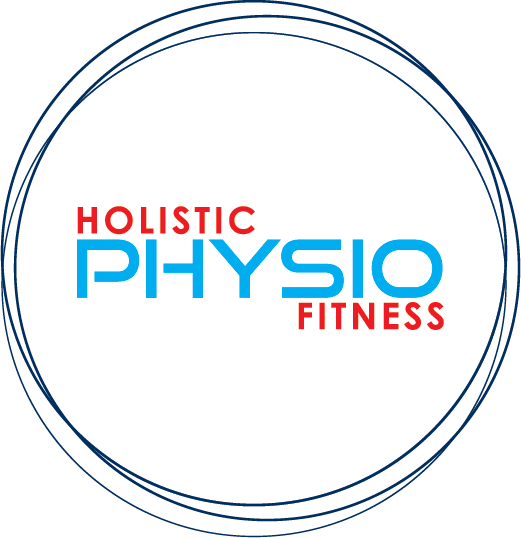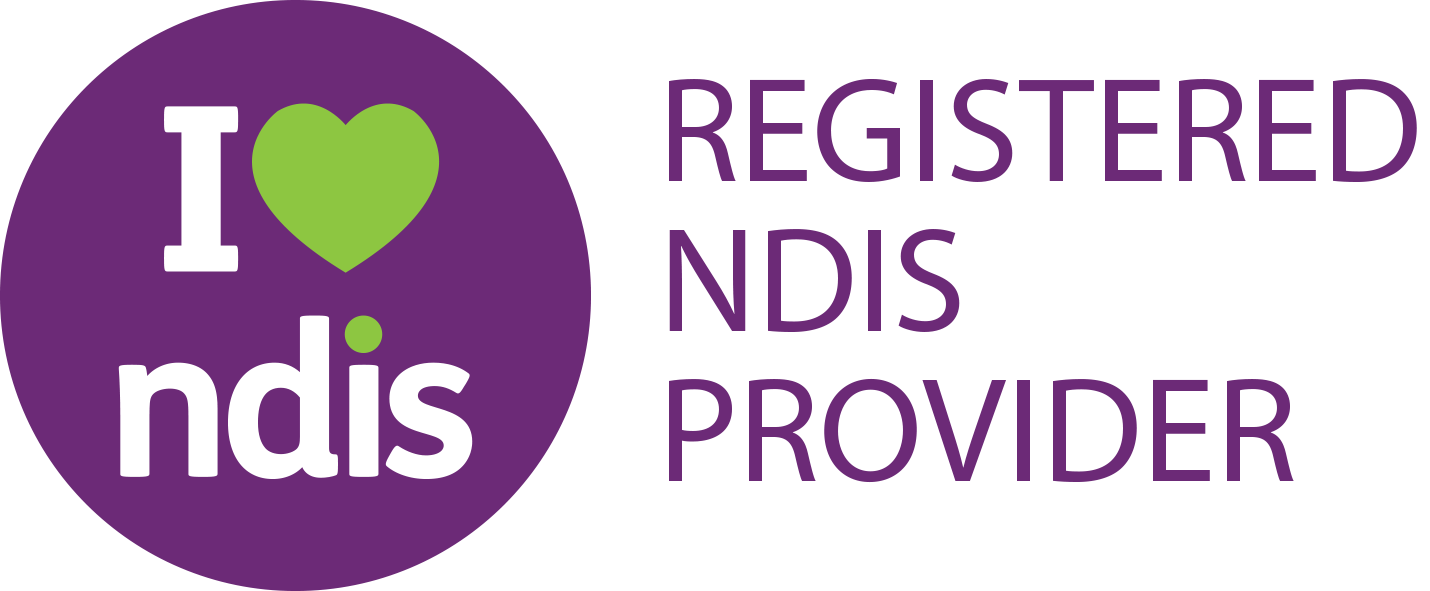In the realm of injury recovery and pain management, the collaboration between physiotherapy and exercise physiology can make a world of difference in patient outcomes. As practitioners deeply embedded in the healthcare industry, we understand the unique and complementary roles of both professions. We are biased, as our practitioners a dual qualified, meaning they are qualified as and practice both physiotherapy, and exercise physiology, however this is becoming more and more inmportant as exercise therapy is regarded as the best way to treat most injuries and pain problems. Achieving optimal patient recovery requires more than just individual expertise—it necessitates a concerted effort and seamless collaboration between physiotherapy and exercise physiology professionals.
UnderstandinG physiotherapy and exercise physiology
To appreciate the value of collaboration, it’s crucial to first delineate what each profession brings to the table. Physiotherapy focuses on diagnosing and treating physical impairments, injuries, and disabilities through hands-on techniques, manual therapy, and specialised exercises. Our primary aim is to alleviate pain, restore function, and improve mobility.
On the other hand, exercise physiology delves into the science of exercise and its effects on the human body. Exercise physiologists design and implement exercise programs tailored to individual needs, aiming to enhance overall fitness, prevent injury, and support rehabilitation. Our work is grounded in understanding how the body responds to physical activity and how to use exercise as a therapeutic tool.
While these roles may seem distinct, their intersection is where the magic happens. When physiotherapy and exercise physiology professionals collaborate, patients benefit from a holistic approach that combines the strengths of both disciplines.
Enhancing Patient Recovery Through Integrated Care
1. Comprehensive Assessment and Tailored Interventions
Effective recovery begins with a comprehensive assessment. Physiotherapists excel in evaluating musculoskeletal injuries, functional limitations, and pain mechanisms. By identifying specific issues and setting treatment goals, we lay the groundwork for targeted interventions. Exercise physiologists then take this information and craft exercise regimens designed to complement the physiotherapist’s treatment plan. This collaboration ensures that exercise prescriptions are not only effective but also safe and tailored to the patient’s unique condition.
2. Bridging the Gap Between Rehabilitation and Strengthening
Rehabilitation often involves reducing pain and restoring basic function. Physiotherapy is instrumental in this initial phase, providing manual therapy, modalities, and corrective exercises. Once the acute phase subsides, the focus shifts towards strengthening and functional conditioning. Exercise physiologists step in with progressive exercise programs aimed at building strength, endurance, and overall physical resilience. This seamless transition from physiotherapy to exercise physiology ensures a continuum of care that addresses both immediate recovery needs and long-term wellness goals.
3. Maximising Patient Engagement and Adherence
Patient adherence to a rehabilitation program is crucial for successful outcomes. When physiotherapy and exercise physiology professionals work together, they create a more engaging and cohesive treatment experience. Clear communication between practitioners helps maintain consistency in messaging and encourages patients to remain committed to their recovery plan. By integrating exercise into the rehabilitation process from the outset, patients are more likely to view their recovery as a dynamic and achievable journey rather than a series of disjointed interventions.
4. Addressing Complex Cases with Multidimensional Strategies
Complex cases, such as chronic pain syndromes or multifaceted injuries, benefit immensely from the combined expertise of physiotherapy and exercise physiology. In such scenarios, physiotherapists may address underlying issues such as joint dysfunction or muscle imbalances, while exercise physiologists focus on optimising overall physical function and preventing future injuries. This multidimensional approach ensures that all aspects of the patient’s condition are addressed, leading to more comprehensive and effective care.
The Need for Improved Communication and Collaboration
Despite the clear benefits, collaboration between physiotherapy and exercise physiology professionals is not always seamless. Often, the lack of integrated communication can lead to fragmented care, where treatment plans are not fully aligned. This disjointed approach can hinder progress and affect patient satisfaction.
To overcome this challenge, we must prioritize open communication channels and establish collaborative frameworks. Regular case discussions, shared treatment goals, and coordinated intervention plans are essential for ensuring that both professions are working towards a common objective. By fostering a culture of teamwork and mutual respect, we can enhance the effectiveness of our combined efforts and ultimately improve patient outcomes.
Moving Forward: A Unified Approach to Patient Care
The collaboration between physiotherapy and exercise physiology is more than a beneficial practice; it is a necessity for delivering the highest standard of care. By integrating our expertise and working together seamlessly, we can offer patients a comprehensive, effective, and patient-centered approach to recovery.
As practitioners, let’s commit to breaking down the silos that separate our professions. Let’s embrace collaboration, communicate openly, and work together to provide the best possible care for our patients. In doing so, we not only enhance individual outcomes but also advance the overall standard of care in injury rehabilitation and pain management.
By championing the collaborative spirit between physiotherapy and exercise physiology, we pave the way for a more effective, integrated approach to patient recovery. Together, we can achieve remarkable results and help our patients return to their best selves with greater efficiency and confidence.

